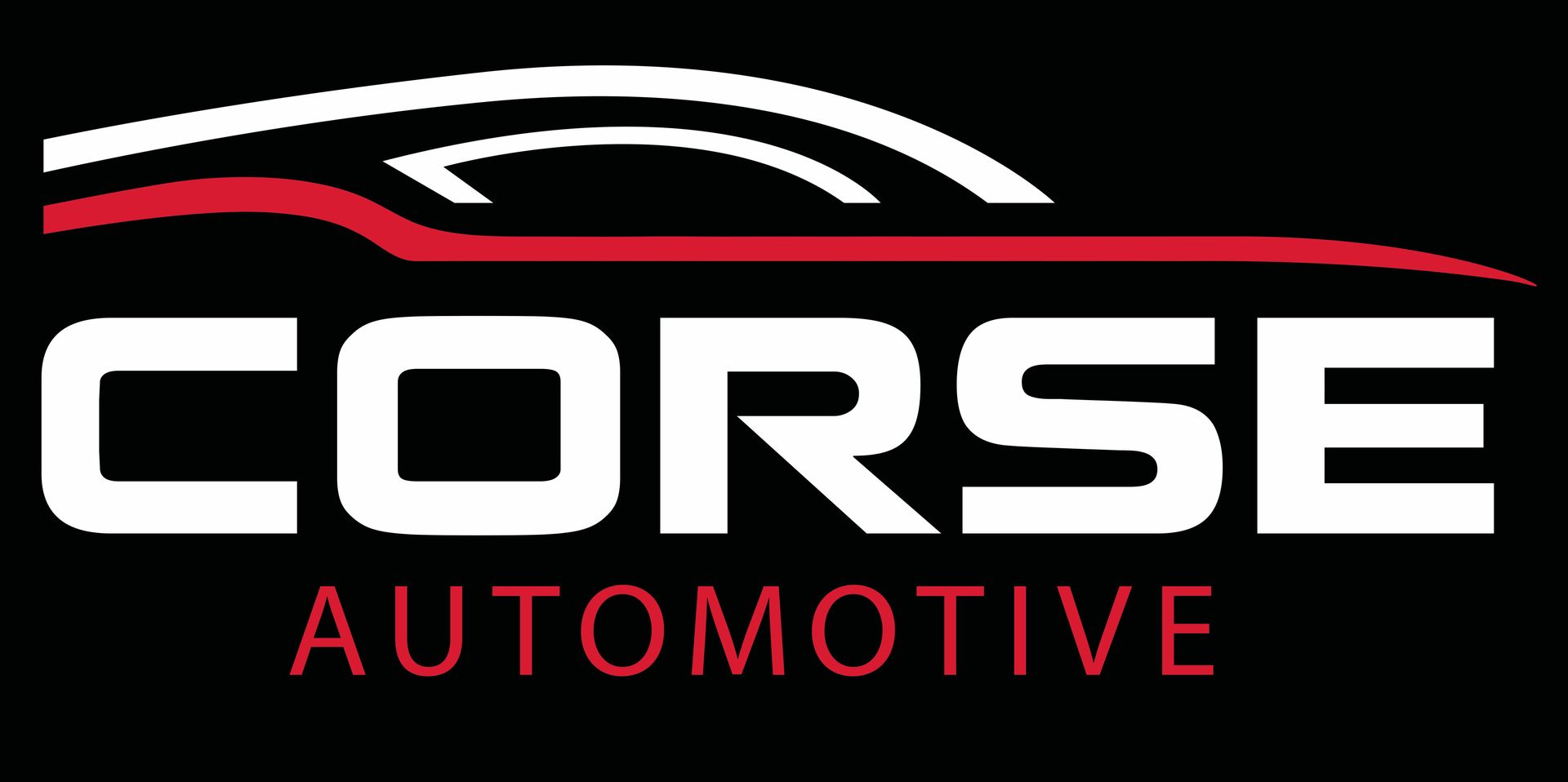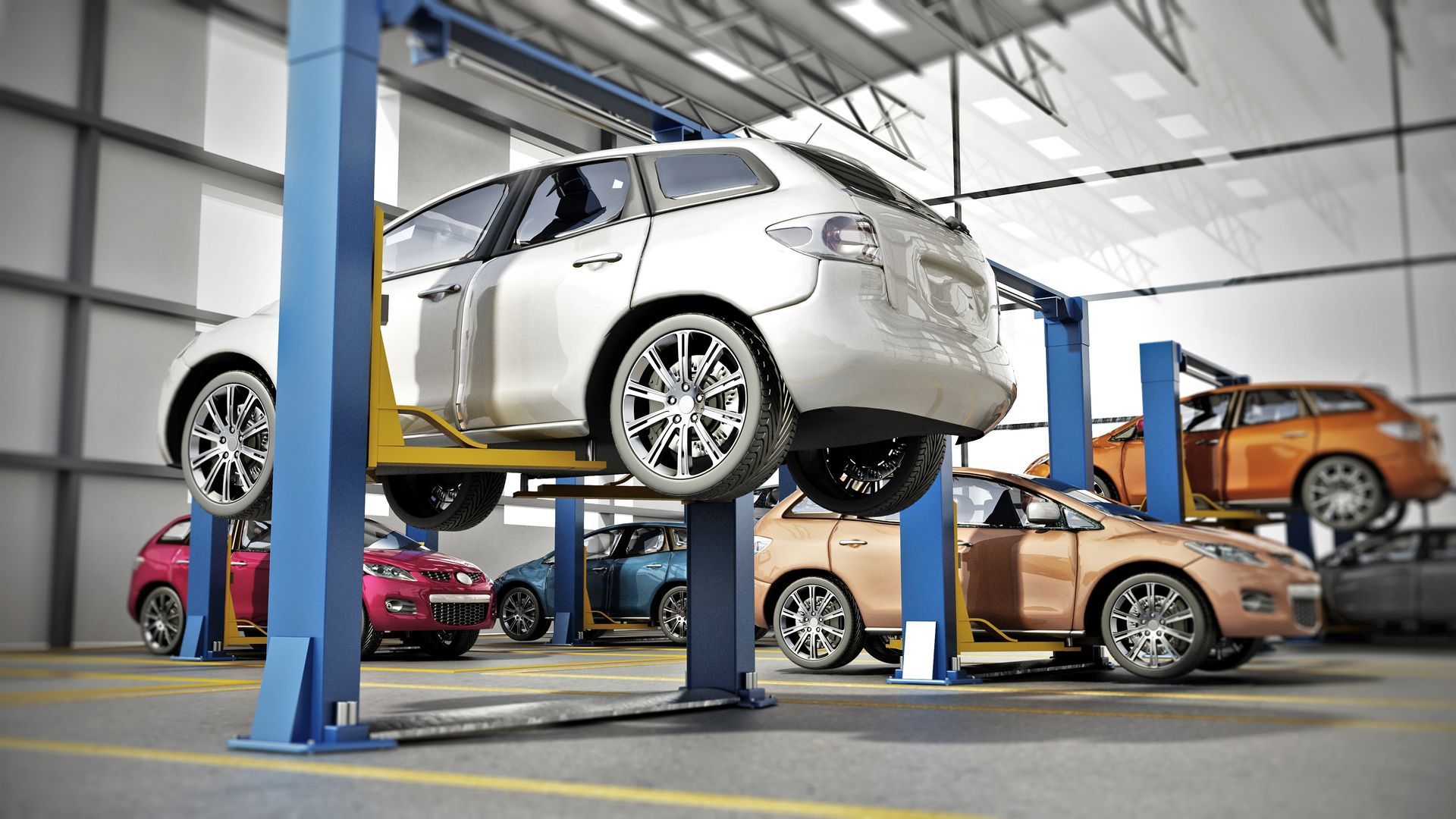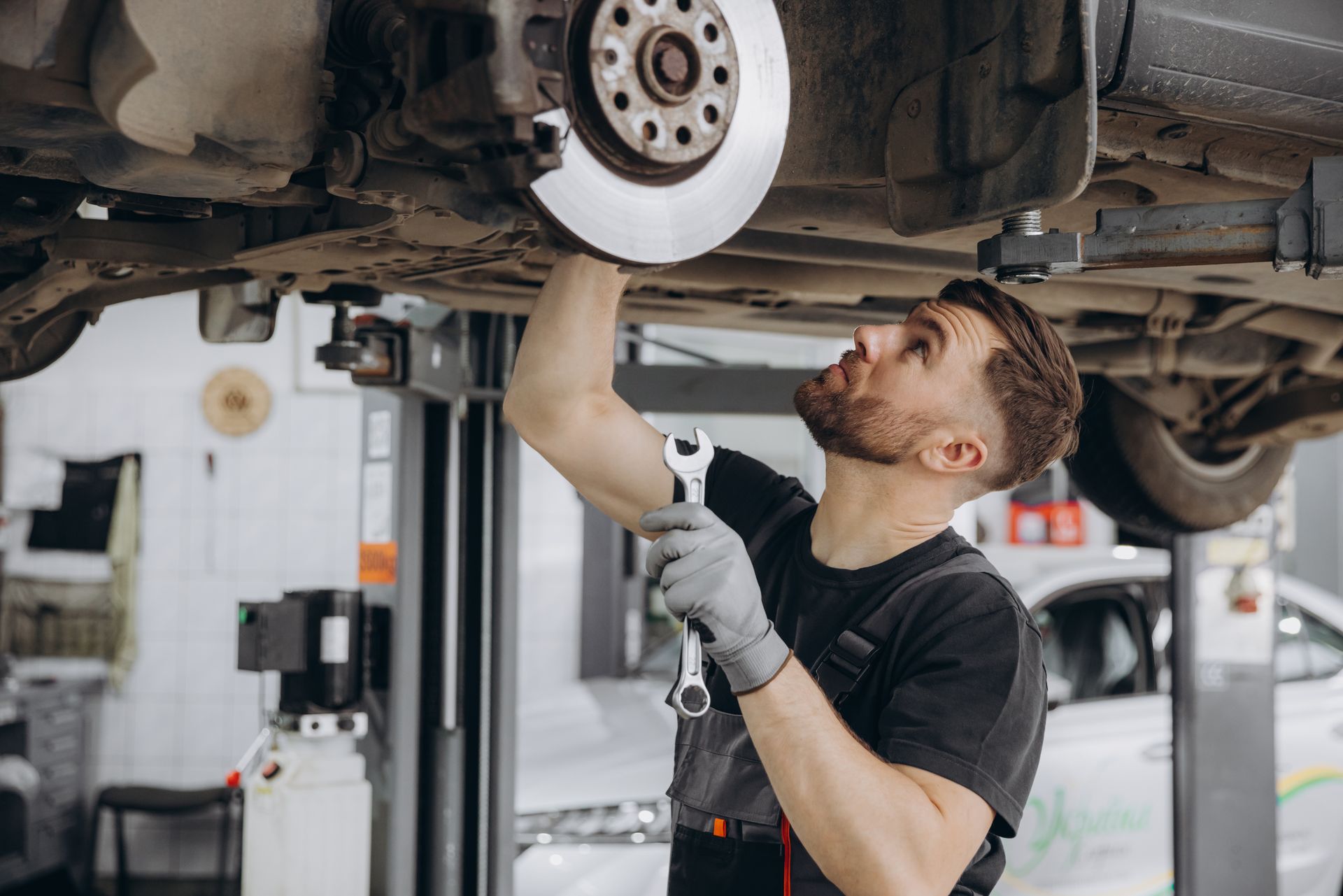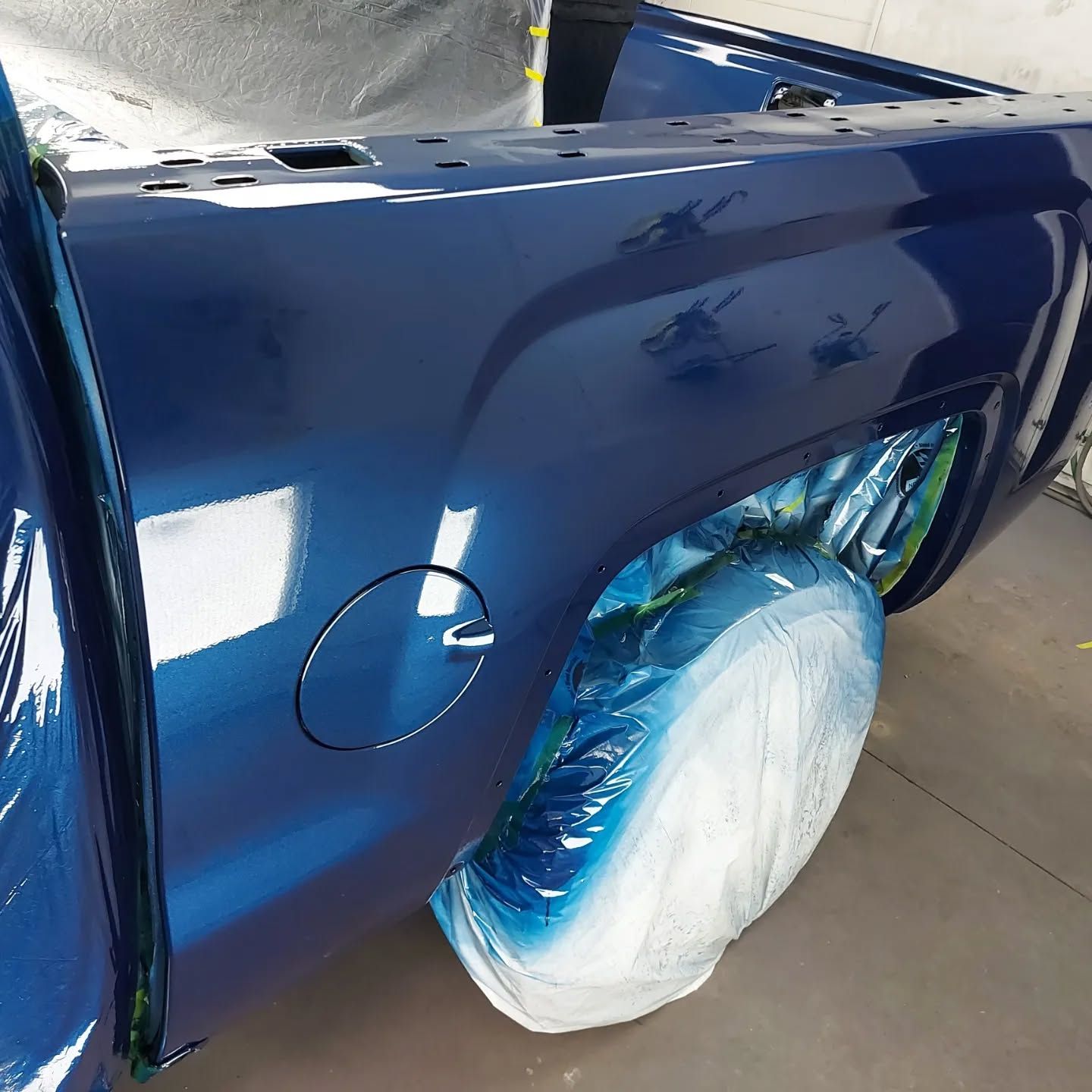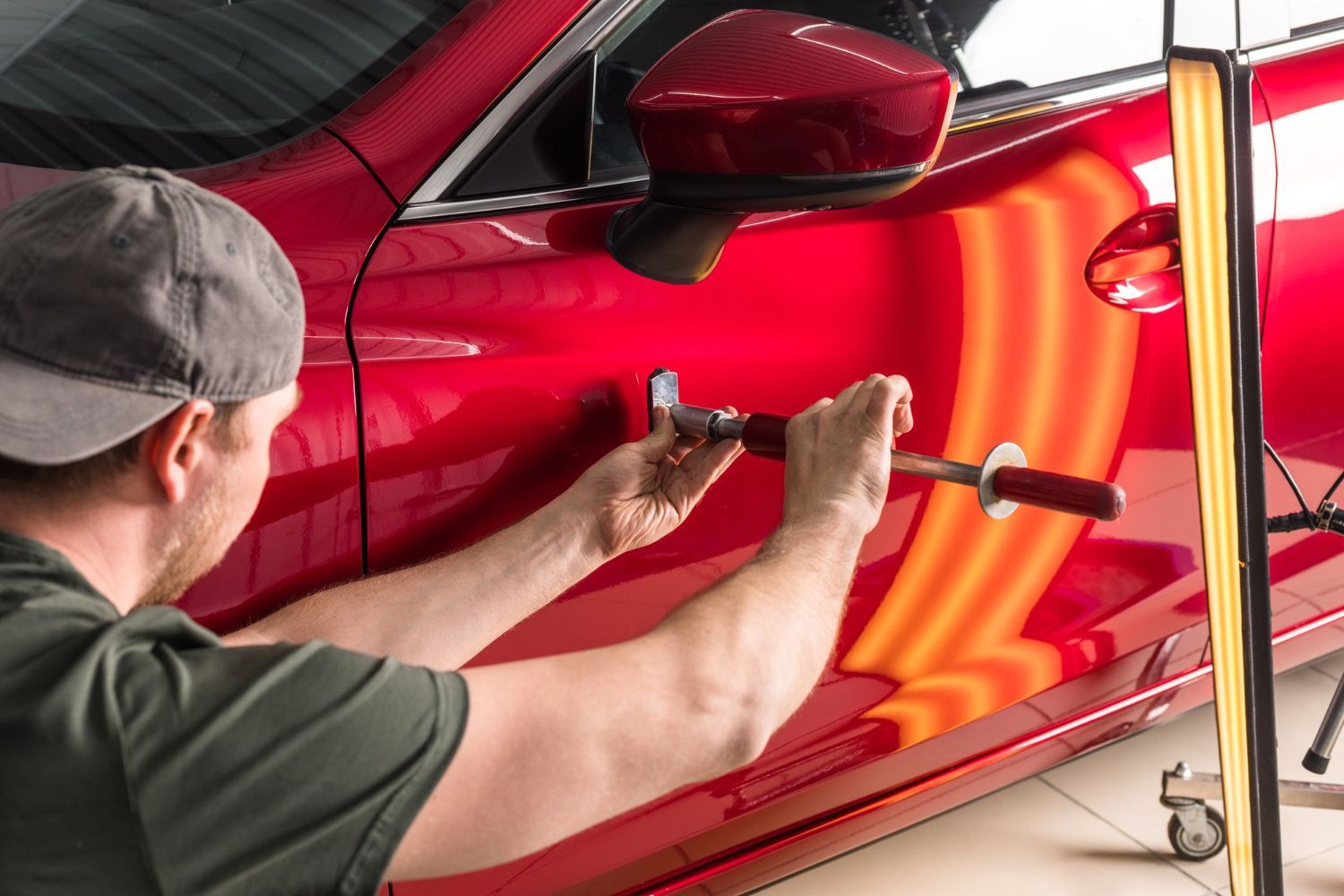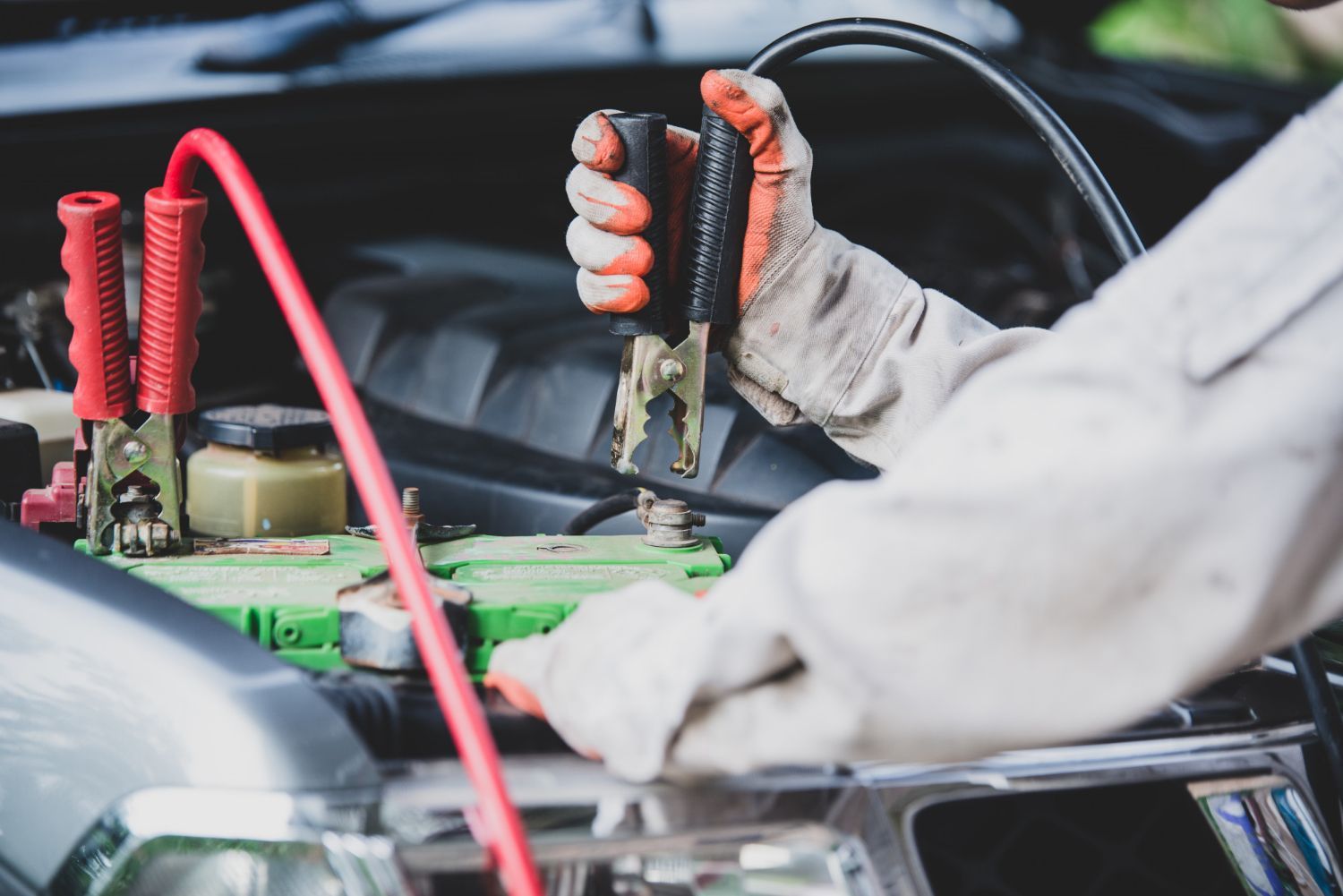The Key Role of Alignments in Reducing Tire Wear and Tear
Regular vehicle maintenance is essential to ensure optimal performance and safety. Among the critical aspects of maintenance, wheel alignment stands out as a pivotal factor in preventing premature tire wear. While it might not have the immediate appeal of a new paint job or engine tune-up, alignment is a fundamental aspect that guarantees a smooth and safe driving experience.
Understanding Wheel Alignment
Wheel alignment refers to adjusting the angles of the wheels so they conform to the manufacturer's specifications. This alignment involves three primary angles: camber, caster, and toe. Each of these angles plays a unique role in tire performance and overall vehicle handling.
Camber: This is the angle of the wheel when viewed from the front of the vehicle. If the top of the wheel leans inwards or outwards, it affects tire wear.
Caster: Viewed from the side, this angle impacts steering stability, cornering, and the vehicle's alignment while driving straight.
Toe: This refers to the angle of the wheels concerning each other. Incorrect toe settings can lead to sharp or unpredictable handling.
Impact on Tire Wear
Misalignment is a common cause of tire wear. When a vehicle's wheels are not accurately aligned, it can lead to several issues:
Uneven Tire Wear: The most immediate consequence of misaligned wheels is uneven tire wear. Specific areas of the tires may wear out faster, reducing tire lifespan.
Poor Fuel Efficiency: Misaligned wheels can increase friction and resistance, forcing the engine to work harder. This results in reduced fuel efficiency and higher expenses at the pump.
Handling Problems: Misalignment often leads to handling issues like pulling to one side. This can make driving challenging and unsafe.
Increased Tire Costs: Frequent tire replacements due to uneven wear can become costly, offsetting any initial savings from neglecting regular alignment checks.
Benefits of Proper Alignment
The advantages of maintaining correct wheel alignment are manifold. Besides prolonging tire life and enhancing safety, proper alignment contributes to:
Improved Fuel Economy: Aligned wheels reduce resistance, helping in smoother rides and better fuel efficiency.
Enhanced Safety: Accurate alignment ensures better control and stability, minimizing the risks during emergency maneuvers.
Comfortable Driving Experience: Proper alignment leads to a smoother ride, reducing vibrations and steering difficulties.
Signs That Your Vehicle Needs Alignment
Recognizing when your car requires an alignment can save money and enhance driving safety. Some common indicators include:
- Uneven tread wear
- Vehicle pulling to one side
- Steering wheel vibration
- Off-center steering wheel
- Attending to these warning signs promptly can avert more significant issues down the road.
Essential Maintenance Practices
Routine wheel alignment checks are essential for maintaining vehicle integrity and performance. Most manufacturers recommend getting an alignment once a year. However, additional factors such as rough terrain driving, accidents, or hitting a significant pothole can necessitate more frequent checks.
Experience the Difference
Ensuring your vehicle receives expert care in alignment can lead to significant benefits, from saving money on fuel and tires to having a safer, more enjoyable driving experience. Trusting professionals who understand the nuances of alignment guarantees that your vehicle remains in top condition, ready to tackle any road with confidence.
Elevate Your Ride with Expert Care
Proper wheel alignment extends beyond simple adjustments; it’s about ensuring your safety and comfort on the road. Keep your drive smooth and secure by opting for regular wheel alignment services. For personalized advice tailored to your vehicle’s needs, reach out to Corse Automotive. Their experienced team is ready to provide the care and precision your car deserves. Don’t wait until it's too late—take charge of your car's health today.
